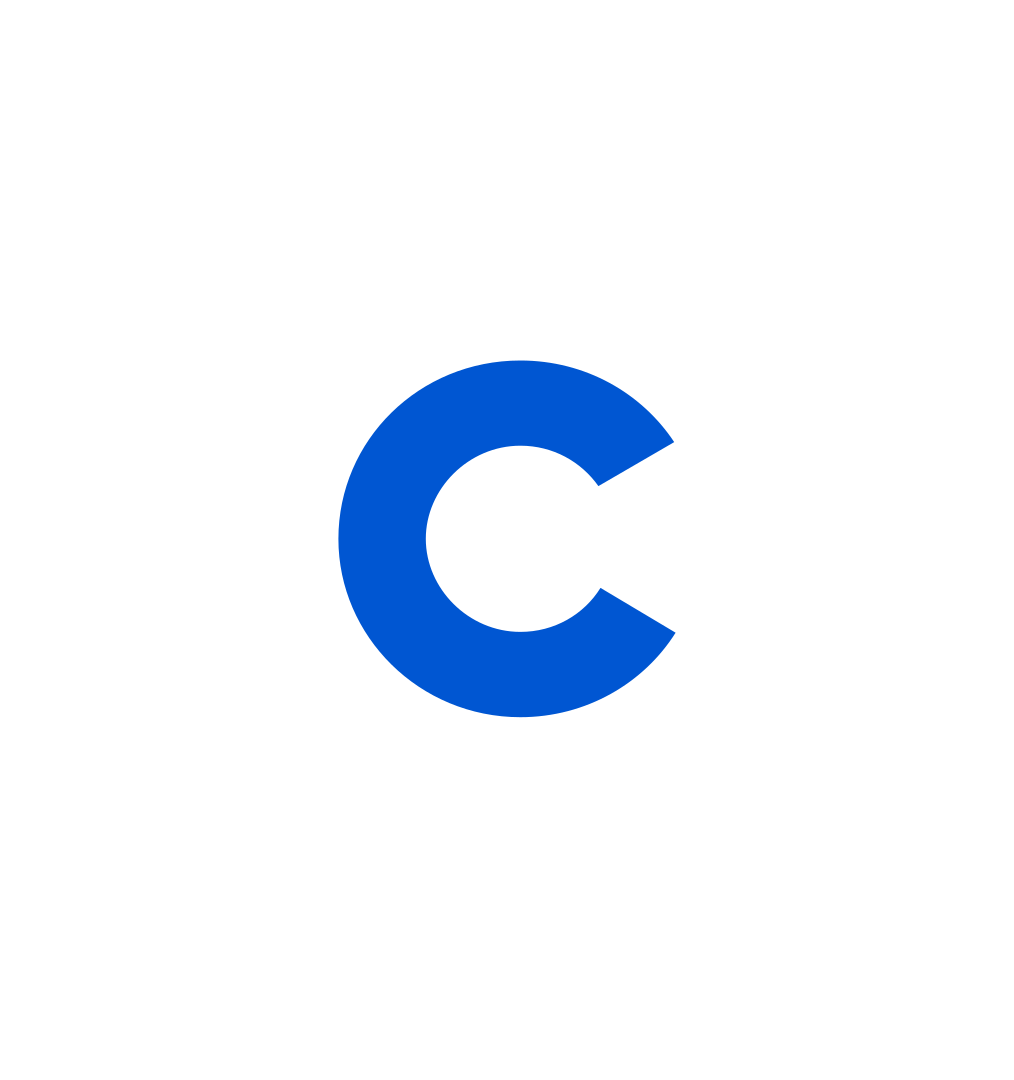What Is an Affinity Diagram?
Considered one of the seven new management and planning tools, an affinity diagram helps you organize ideas and data into natural and meaningful relationships.
![[Featured image] A UX designer is researching affinity diagrams on their laptop while holding a mug.](https://d3njjcbhbojbot.cloudfront.net/api/utilities/v1/imageproxy/https://images.ctfassets.net/wp1lcwdav1p1/3rYxh70bQ6CrQdedYV6IHV/5793b154afaa1680a25a38f676f0274a/-LaOdvfw.jpeg?w=1500&h=680&q=60&fit=fill&f=faces&fm=jpg&fl=progressive&auto=format%2Ccompress&dpr=1&w=1000)
An affinity diagram, sometimes called an affinity map or affinity chart, is a tool that organizes ideas into natural and meaningful relationships after a brainstorming session. The finished product usually resembles a group of columns with headings and ideas placed beneath each one.
An affinity diagram can lead to several beneficial outcomes. It may encourage conversation and team collaboration, provide a creative way to present information, and help find new solutions to complex problems. Affinity diagrams can also help you analyze large amounts of data, get organized, and visualize information.
Read more: User Experience (UX) Terms: A to Z Glossary
Affinity diagram vs. fishbone diagram: How do they differ?
An affinity diagram helps you organize ideas, revealing patterns or key insights. A fishbone diagram, on the other hand, traces the root cause of a problem. The fishbone diagram typically serves as the next step to analyze issues highlighted by the affinity diagram.

How to create an affinity diagram
Any team that needs to organize large amounts of data can benefit from using affinity diagrams. To create an affinity diagram, follow these steps:
1. Gather your team.
When creating an affinity diagram, start by gathering a diverse team. Consider inviting people with unique backgrounds or working in different departments to provide new perspectives.
2. Designate a facilitator.
Next, choose a facilitator. This should be someone who is a good leader and communicator to help guide the affinity diagram creation process.
3. Gather your supplies.
Find a meeting place free from distractions for your team, and make sure everyone has supplies such as a pen and index cards or sticky notes.
4. Brainstorm individually.
Once you've prepared for the process, your team can begin. Everyone should write down single ideas on their cards or sticky notes. They may also write other information like facts, drawings, quotes, or anything else that might affect the project.
5. Organize the ideas.
Once everyone finishes brainstorming, gather all of the notes or cards and place them in one area. Draw one at a time and begin to form groups, placing the ideas in related groups. This is your affinity diagram. As you draw each card, ask how it relates to the previous one. If it is related, it can go into the same group. If not, you'll start a new group on the diagram.
6. Find solutions.
Once you've added all of the cards or notes, your team can engage in a discussion about each group. This can lead to actionable solutions to the problem that brought you to this process in the first place.
Related terms
Get started with UX design today
Take your career to the next level with the Google UX Design Professional Certificate. Learn the foundations of UX design and gain experience with the design process, including building a wireframe, designing prototypes, and conducting user research to test your designs.
Keep reading
- September 20, 2024
- October 29, 2024
- October 17, 2024
- January 6, 2025
- February 10, 2025
- December 16, 2024

Coursera Staff
Editorial Team
Coursera’s editorial team is comprised of highly experienced professional editors, writers, and fact...
This content has been made available for informational purposes only. Learners are advised to conduct additional research to ensure that courses and other credentials pursued meet their personal, professional, and financial goals.
Whether you're starting your career or trying to advance to the next level, experts at Google are here to help.

Unlimited access to 7,000+ courses and certificates
Save money and learn in-demand skills from top companies and organizations at your own pace.
